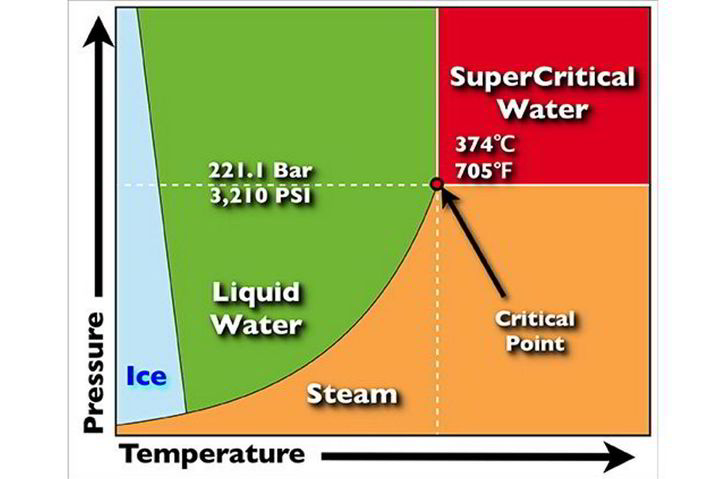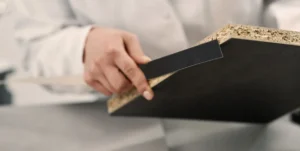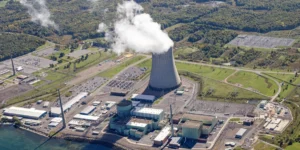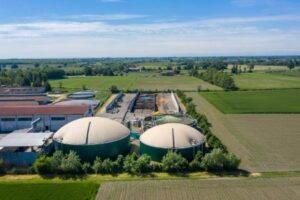‘Cheaper green hydrogen’ | Electrolyser that uses supercritical water being developed with €3m of EU funding

A novel electrolyser technology that uses supercritical water to produce green hydrogen is under development in Spain, supported by almost €3m ($3.24m) of EU funding.
The X-SEED project — which stands for eXperimental Supercritical ElEctrolyser Development — aims to produce hydrogen (and oxygen) by splitting water molecules that have been heated and pressurized to the point where they reach a supercritical state.
At temperatures above 374°C and at pressures of more than 221.1 bar, water becomes a supercritical fluid, taking on characteristics of both a liquid and a gas.
According to the development consortium — consisting of different European companies, universities and research institutions — “this technology maximises energetic efficiency, improves circularity, and enhances lifetime, resulting in a more competitive green H2 production”
A five-cell stack has already been demonstrated in the laboratory, with novel catalysts and electrodes that do not require membranes to separate hydrogen and oxygen molecules.
“Supercritical conditions and membrane-less configuration reduce the electrochemical work required to generate H2 (as interface resistances across cell components are decreased) and increase system lifetime,” the consortium explains. “This results in an improved voltage and energy efficiency (42kWh/kgH2), current density (>3A/cm2), H2 production rate and robustness (degradation rate <1%/1000h).”
Article continues below the advert
The project, which is being co-ordinated by Spanish technology centre Leitat, has received €2,989,495 from the EU’s €95.5bn Horizon Europe fund for research and innovation, covering all of its costs.
“The X-SEED project, with a consortium formed by different European companies, [Italian gas distributor] Snam, [Italian R&D company] Particular Materials, [Italian electrode maker] Industrie De Nora and the Technical University of Denmark, and co-financed by the European Union and supported by the Clean Hydrogen Partnership, aims to develop a new technology that will make the production of renewable hydrogen economically competitive,” said Pau Bosch, scientific co-ordinator of the project and principal investigator of the BioElectrochemical Systems group at Leitat.
The project is due to run until the end of June 2027.
There are many other innovative companies that claim their new electrolyser technology will reduce the cost of green hydrogen production, including Hysata, Stiesdal, Electrogenos, Hydrogen Systems Australia and Electric Hydrogen.




